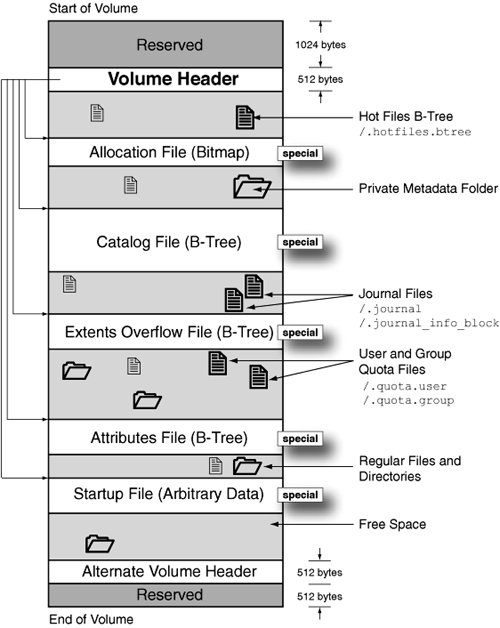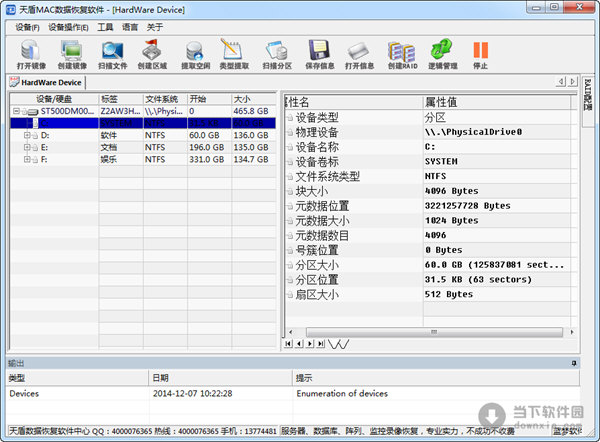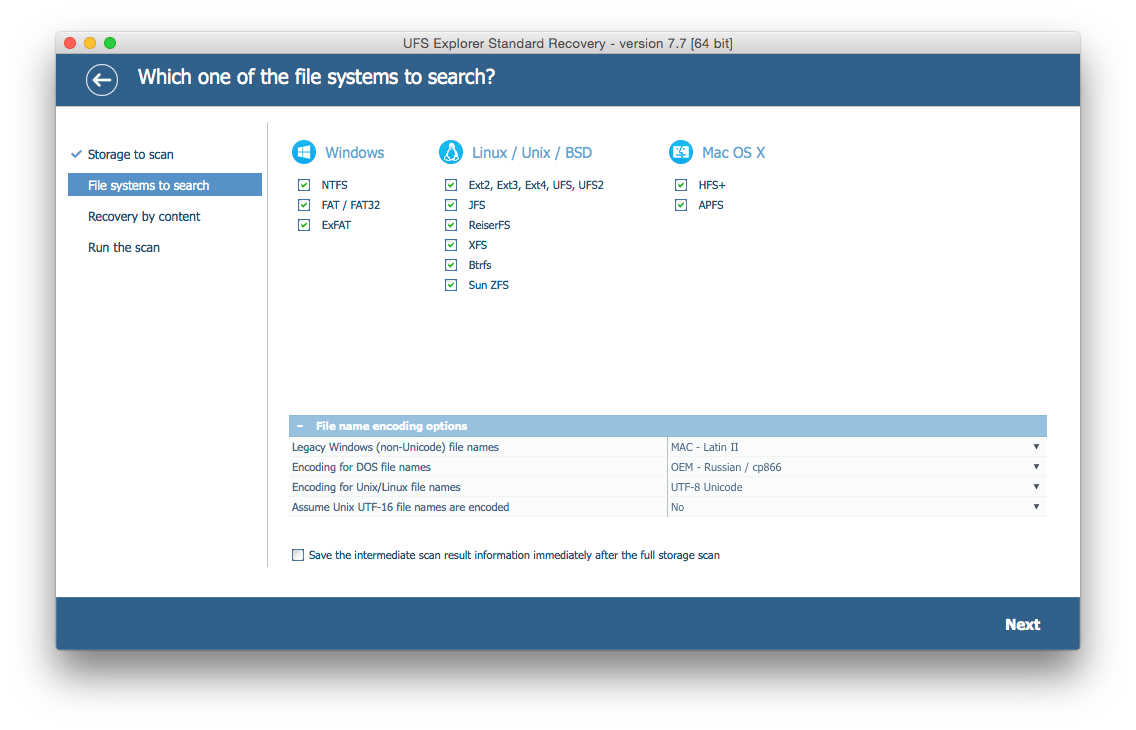

- Hfs file system mac lba mac os x#
- Hfs file system mac lba driver#
- Hfs file system mac lba windows 7#

In addition I went into rEFIT console and ran the command gptsync. I am really at a loss? When I re-installed Fedora I made sure grub was installed in /dev/sda4 not at /dev/sda. Now I have OS X and Fedora 15 only and the system still does not boot Fedora. Listed in GPT as partition 5, type EFI System (FAT) Listed in MBR as partition 4, type 07 NTFS/HPFS, active Listed in GPT as partition 4, type Basic Data
Hfs file system mac lba mac os x#
Listed in MBR as partition 3, type ab Mac OS X Boot Listed in GPT as partition 3, type Mac OS X Boot Listed in MBR as partition 2, type af Mac OS X HFS+

Listed in GPT as partition 2, type Mac OS X HFS+ Listed in GPT as partition 1, type EFI System (FAT) Here is the output for the partition inspector:īoot Code: None (Non-system disk message)
Hfs file system mac lba windows 7#
The refit windows icon boots windows 7 as expected and refit OS X boots OS X. My symptoms are that the Linux icon on boot from refit boots windows. Any advice or helpful hints would be great. In each case two of the three operating systems work fine but I can't get LFedora 15 to boot no matter how many times I reinstall. I am using the latest version of refit 0.14. I must be missing something but I have spent hours and never seem to get it to work. The possible start is at offset ' 209735680'.It seems no matter what I do I can't get the triple boot to work, I have tried in the past on a white Macbook and now I am trying on a Mac Book Air. LastMountedVersion: 10.0, last mount by Mac OS X. Searching backwards for the Alternate Volume Header. Hfsprescue -find-avh Įxample: Stop after the first HFS+ Alternate Volume Header.Ĭommand: hfsprescue -find-avh /dev/sdb -first The resultof the search is stored in ' hfsprescue-data/find-avh.log'. The search for the Alternate Volume Header goes from the end of the hard disk to the beginning. When you know the location of the Alternate Volume Header, the block size and total blocks, then its possible to calculate the partition start. The Alternate Volume Header is a backup of the Volume Header and is stored 1024 bytes before the end of the partition. See here.Įxample: hfsprescue -extract-vh /dev/sdb 409642
Hfs file system mac lba driver#
LBA access, logical mapped geometries, special driver access. The partition type (or partition ID) in a partitions entry in the partition table inside a. In combination with ' -s3' and ' -one-file'.Įxample: hfsprescue -s3 /dev/sdb -o 209735680' For Amiga RDB partition types, see Rigid Disk Block. The partition start offset is ' 209735680'. LastMountedVersion: H+Lx, last mount by Linux. *** Stop searching after the first Volume Header has been found. Hfsprescue -find-vh Įxample: Show only the first HFS+ Volume Header.Ĭommand: hfsprescue -find-vh /dev/sdb -first The result of the search will be logged in the file ' hfsprescue-data/find-vh.log'. When you use ' -o ' then the search begins at the offset and skips the bytes before. If you need more details during the search process then use the ' -v' verbose parameter. When the last mount of the partition has been done by another OS, then use ' -f' to ignore the This field is set by the operating system that mounts the partition. Output to the first detected HFS+ Volume Header.Ī valid HFS+ Volume Header criteria of hfsprescue is the You can use the ' -first' parameter to limit the Partition on the drive, then the first hit should be the right one. This means that hfsprescue will report a few hits. A HFS+ file system has a backup of the Volume Header (the Alternate Volume header). One solution to get the partition start offset is to find the HFS+ Volume Header with the ' -find-vh' When you lost the partition table or you are working with a hard disk image then it's required to know the start offset of the partition The Volume Header has also important information like the location and size of the Extents Overflow File. Finding the Volume Header is a good way to find the partition start. The location of the Volume Header is 1024 bytes after the partition start. Both can be used to find the start of a partition. The Volume Header and Alternate Volume Header have important information about the HFS+ file system. HFS+ Rescue - Find the HFS+ Volume Header or Alternate Volume Header and the partition start offset Homeįind the HFS+ Volume Header or Alternate Volume Header and the partition start offset


 0 kommentar(er)
0 kommentar(er)
